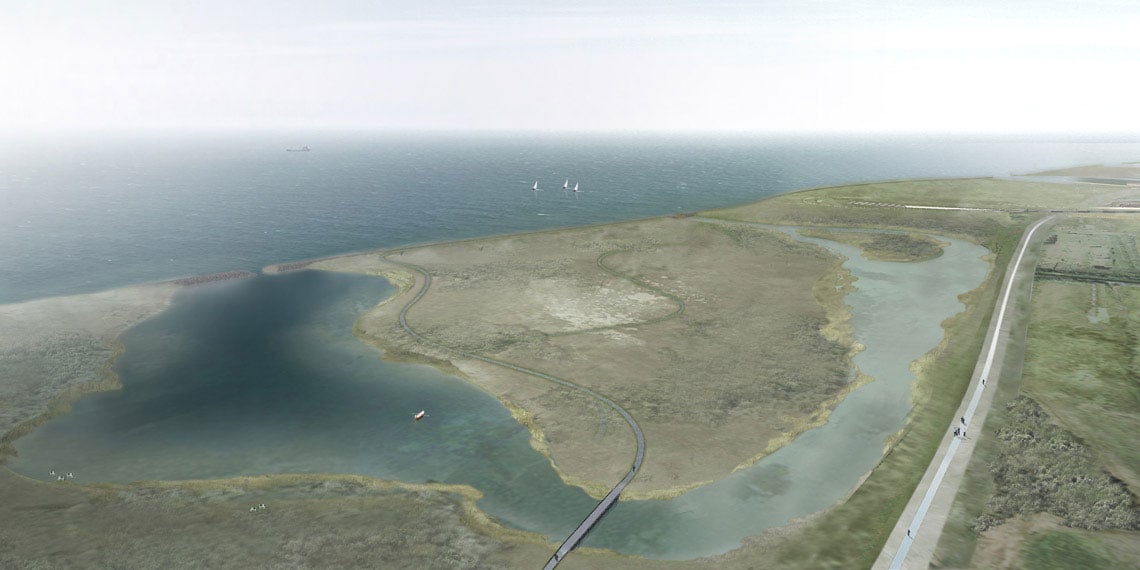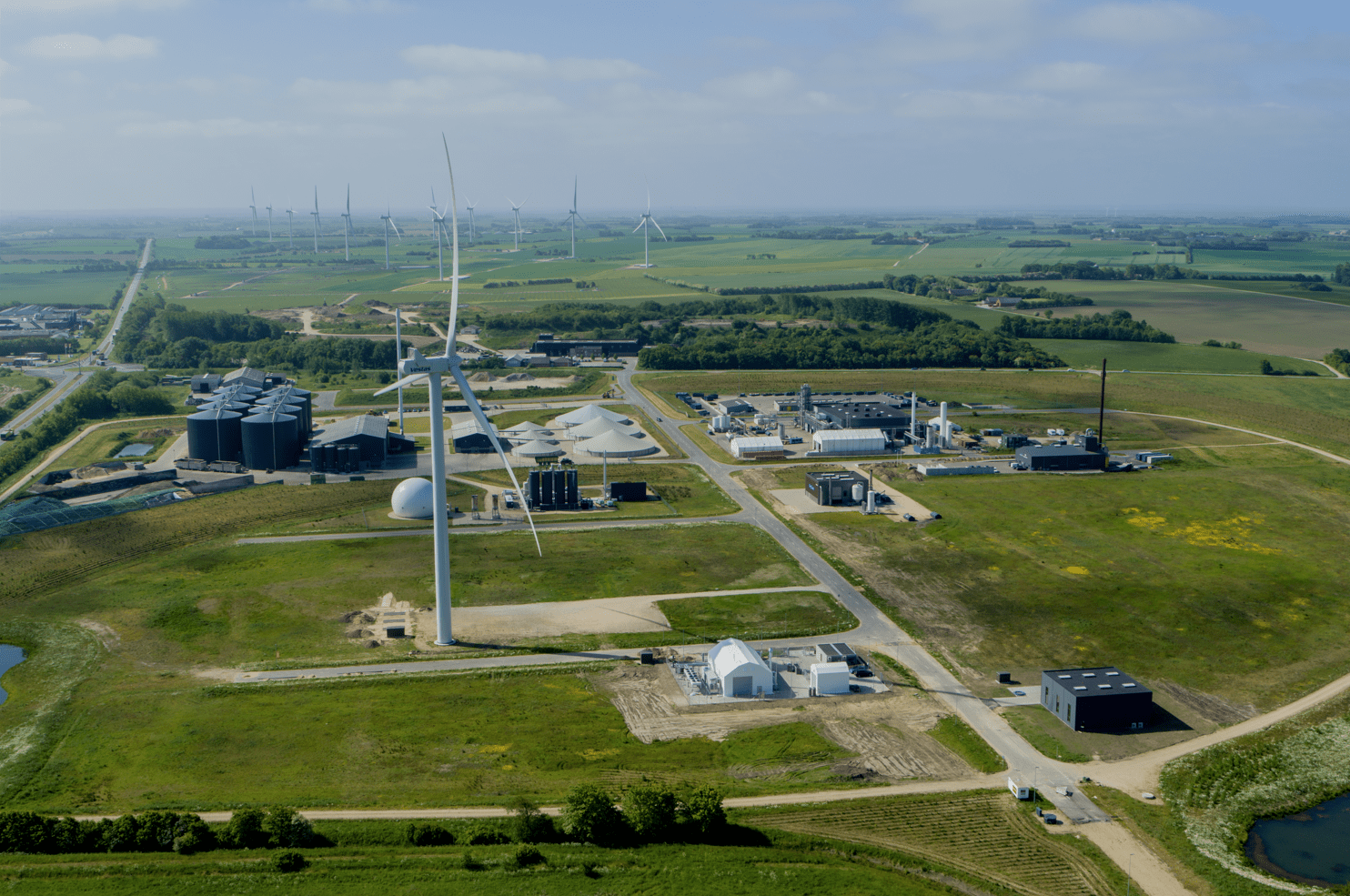News
Updated IRENA 2050 roadmap: the transformation of the global energy system must accelerate substantially


[caption id="attachment_94081" align="alignnone" width="450"]
The report expands IRENA’s Renewable Energy Roadmap (REmap), which examines technology pathways and policy implications to ensure a sustainable energy future. The report outlines an aggressive, yet feasible, course for the global energy transition.
Ramping up electricity to over half of the global energy mix (up from one-fifth currently) in combination with renewables would reduce the use of fossil fuels, responsible for most greenhouse-gas emissions.
Renewables already make up more than half of newly installed power-generation capacity. According to IRENA’s analysis, however, their overall share in the energy mix (including power, heat and transport) needs to grow six times faster if we are to meet the objectives of the Paris Agreement.
National climate commitments under the Paris Agreement largely hinge on energy decarbonisation. The historic 2015 climate deal, endorsed nearly worldwide, calls for keeping the rise in average global temperatures “well below” 2°C - and ideally to limit warming to 1.5°C - during the present century, compared to pre-industrial levels.
-Related news: IRENA: Renewable energy now accounts for a third of global power capacity
Swift global action required
Achieving a climate-safe future, however, depends on swift global action. Current plans and policies, including Nationally Determined Contributions (NDCs), fall far short, IRENA finds. Energy-related emissions have risen around 1 per cent yearly since 2015, while the world’s “carbon budget” looks set to run out within a decade.
Based on IRENA’s analysis, energy-related carbon-dioxide (CO2) emission reductions would have to decline 70 per cent by 2050, compared to current levels, to meet climate goals. A large-scale shift to electricity from renewables could deliver 60 per cent of those reductions; 75 per cent if renewables for heating and transport are factored in; and 90 per cent with ramped-up energy efficiency.
With electricity becoming the dominant energy carrier, global power supply could more than double, the report finds. Renewable sources, including solar and wind, could meet 86 per cent of power demand.
Global energy transformation makes economic sense
The energy transformation would boost gross domestic product (GDP) by 2.5 per cent and total employment by 0.2 per cent globally in 2050. It would also bring broader social and environmental benefits. Health, subsidy and climate-related savings would be worth as much as USD 160 trillion cumulatively over a 30-year period, the report finds. Thus, every dollar spent in transforming the global energy system provides a payoff of at least USD 3 and potentially more than USD 7, depending on how externalities are valued.
Renewables, meanwhile, would create more new jobs than those lost in fossil-fuel industries. Policy inputs can further improve the socio-economic footprint of the transformation.
-Related news: IRENA report: solutions to integrate renewable energy
See IRENA’s digital visual story based on the report: How to transform energy system and reduce carbon emissions
Report background
In 2017, IRENA released its first report focused on long-term decarbonisation and on the technical feasibility and socio-economic benefits of a global energy transition. In 2018 a second report was released, which expanded on the implications of the energy transition and detailed the global level of investment that is needed, while also providing a deeper view on key transition needs by sector and further insights into the socio-economic implications.
This 2019 edition updates IRENA’s analysis of key countries and regions, and it presents a deepened perspective on electrification with renewable energy – the key enabling solution of the energy transition. The report also details new findings related to the costs, subsidies and investments needed for the transition. IRENA’s socio-economic footprint analysis delves into the implications of the transition, providing footprint measurement in terms of GDP, jobs and welfare. A discussion of the socio-economic implications of carbon taxation is presented. Climate damages have been included into the macroeconomic analysis, bringing about important socio-economic consequences. The need for holistic employment and just transition policies is highlighted by analysing the implications of the transition on whole-economy and energy sector jobs. The focus also has been strengthened on how high shares of variable renewable energy (VRE) can be integrated into energy systems. In addition to discussion on the role of electrification, solutions for decarbonising heating, cooling and transport demand are also presented.
Source















